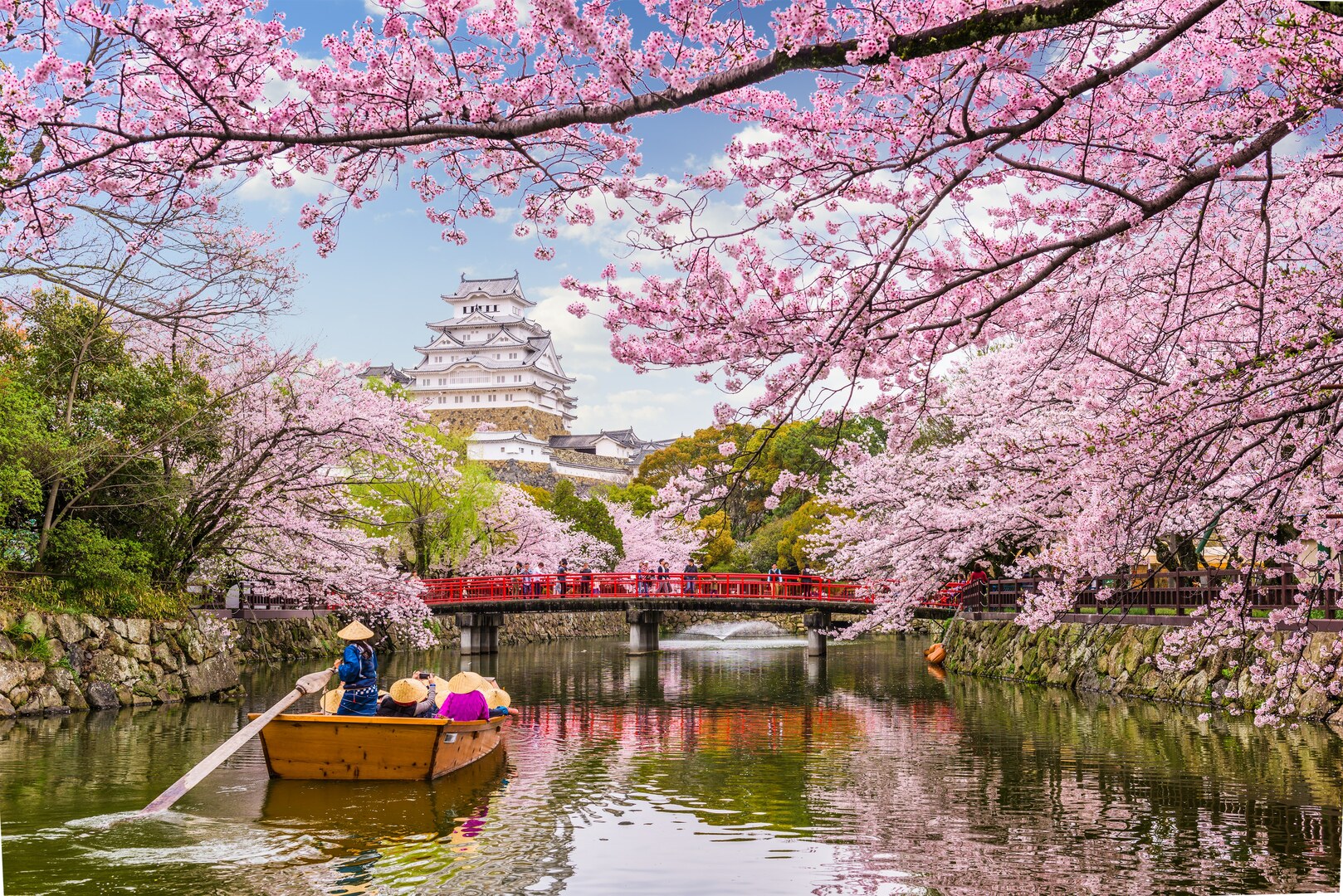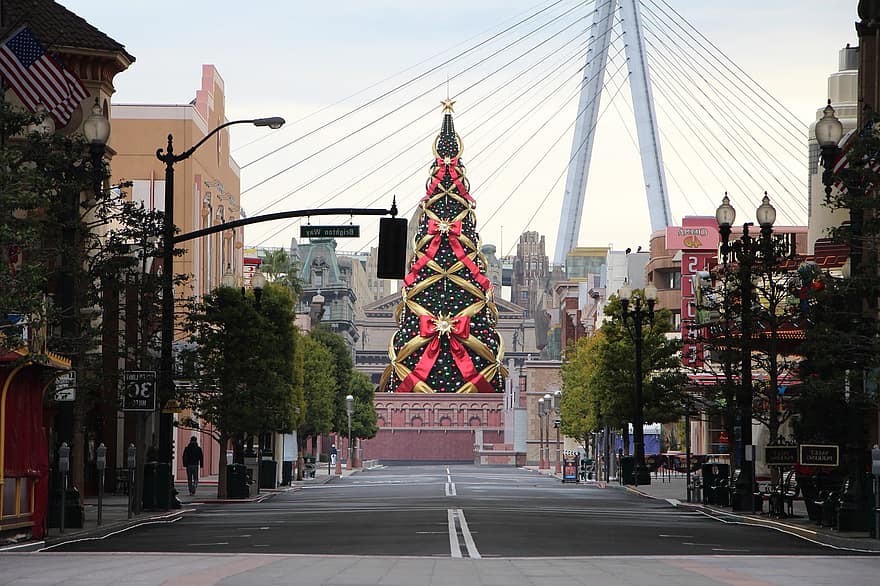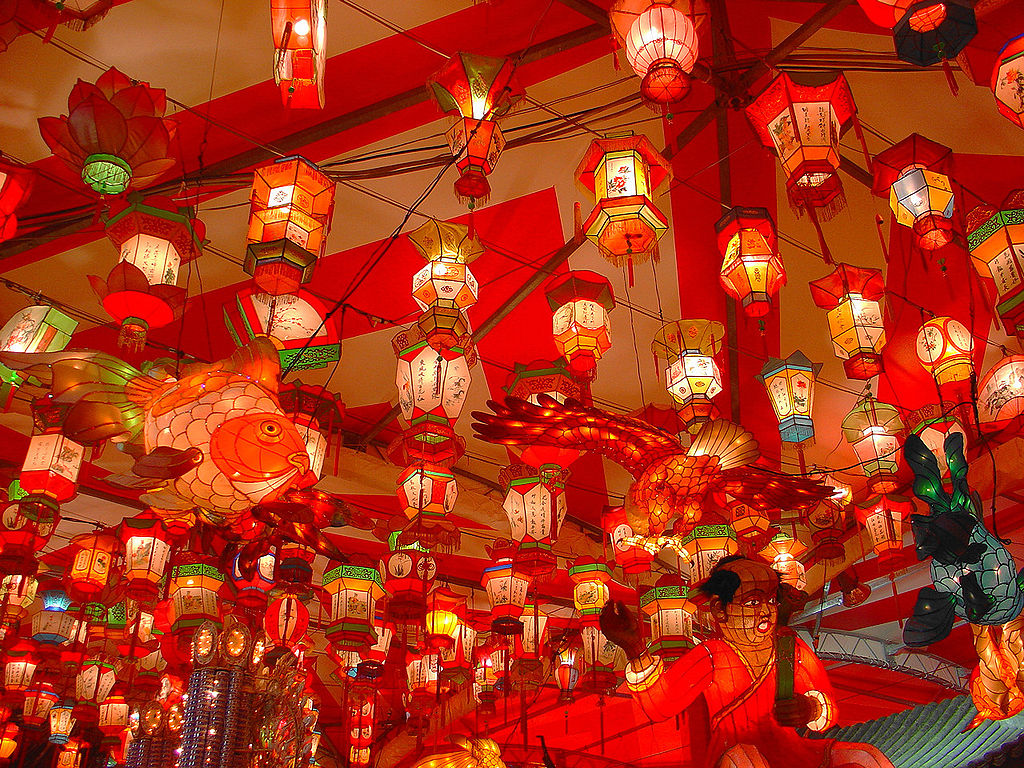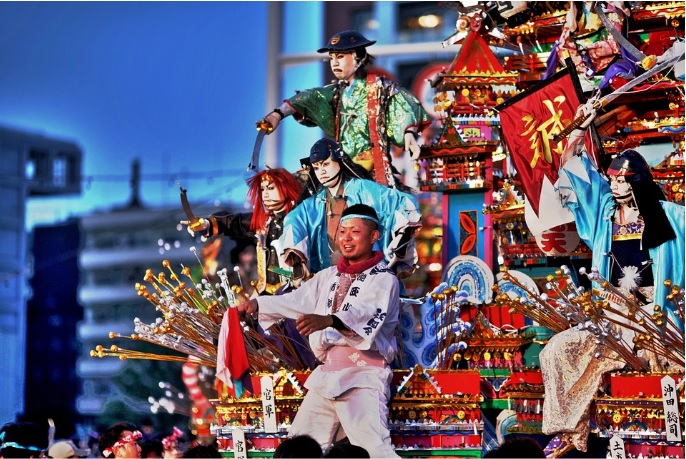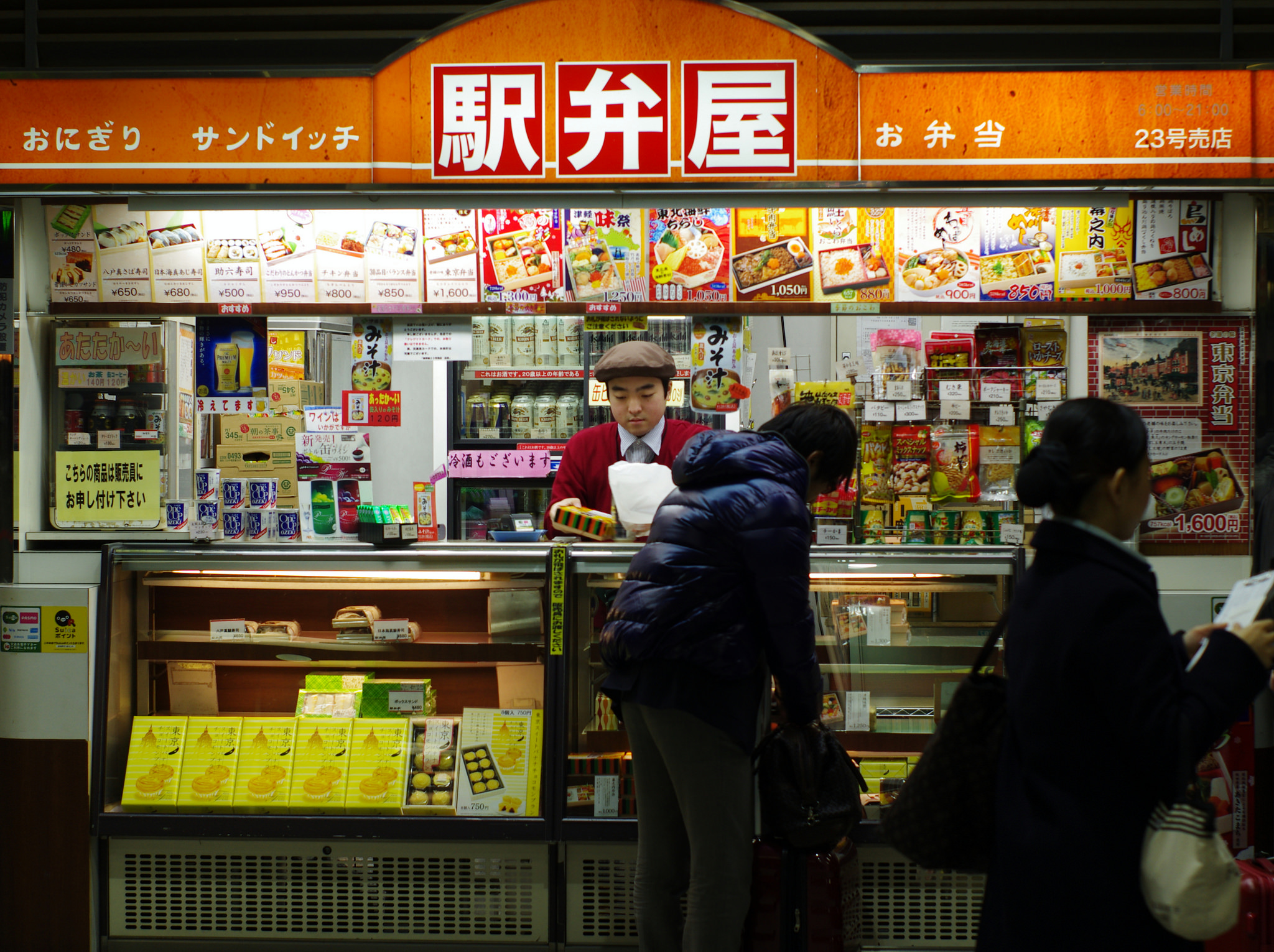
Just like any other country, the railway system in Japan is a very popular mode of transportation. Besides lighting-fast bullet trains, they're also well known for another thing -- the Ekiben.
What is it exactly? It's simply a box lunch sold at a railway station. "Eki" means railway station while "ben" means lunch box. In urban areas, ekiben are sold mainly at train stations that specialize in long-haul trains. They aren't available in regional commuter liner or subway/metro lines. For example, Ginza Station has none (or just a few stalls that target residents and commuters) while Tokyo Station has hundreds of various ekiben for sale by multiple vendors. Ekiben vendors can also be found along the corridors going to the platforms, including shopping malls and depachika (department store food halls) that are attached to large train stations. If you don't have time to pass by a stall before you get to the train, don't worry -- most long-distance trains, including the Shinkansen, sell bentos, snacks, and beverages from food carts on board.
Buying ekiben is a very simple process. They are set up to for easy choosing and just pick what you like. You'll see a display of bentos being sold, it's either the real thing or just plastic models with the prices marked. Small snack bentos cost 300 Yen or lower, and around 3000 Yen for elaborate bentos. If you're in for a full meal, those bentos usually costs 700 to 1200 Yen. Most ekiben are rice-based, but other variants are available as well like noodles, dumplings, and more. Sandwiches, donuts, or sweet pastries at the bakery stalls are available as well.
No one's entirely sure as to how the Ekiben originated. Railway travel started in Japan in 1872, but the beginning of the Ekiben is harder to point out. However, the first standard ekiben (a rice meal with few side dishes) started selling at Himeji Station by 1888. Back in those days, the vendors carried their wares on a display tray that hung from a strap around their neck. They would walk along the platform and sell the bento through the windows of the stopped trains. This charming custom died out when trains became climate-controlled with windows that didn't open, and the train schedules became tighter as well. From walking on the platform, the vendors had to move to kiosks.
During World War 2, the Ekiben was affected by rationing. They used sweet potato or noodles as substitute for rice, or fancy wrappers were replaced by plain paper. One famous Japanese dish came out of this period called Ikameshi, it's squid that's been stuffed with rice. It was invented by an ekiben vendor in Hokkaido who used spare squid that weren't used anymore. Stuffing the squid with rice and simmering it became a satisfying meal.
The Ekiben comes in many shapes and design, as most conventional bento boxes are covered in wrappers that feature a fantastic variety of Japanese art and graphic design. Most designs give you an idea of the food inside, with elegant drawings of fish or produce. For example, there was a special ekiben at Tokyo Station during the 1964 Olympics. Some also include historical or folkloric figures and famous sites.
Some people say that the Ekiben has seen better days, but they seem to still be doing quite well in the Japanese food industry. It still keeps up with the times with anime-themed designs to catch the attention of young people, like selling the Naruto ekiben for example, that's sold by the home prefecture of the original manga's creator.
If you find yourself riding a train in Japan, why not try out the Ekiben for yourself? It'll be a new and unique culinary experience to add to your bucket list.
